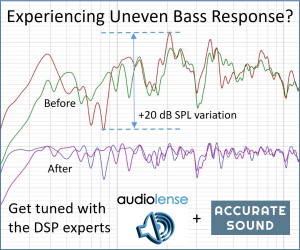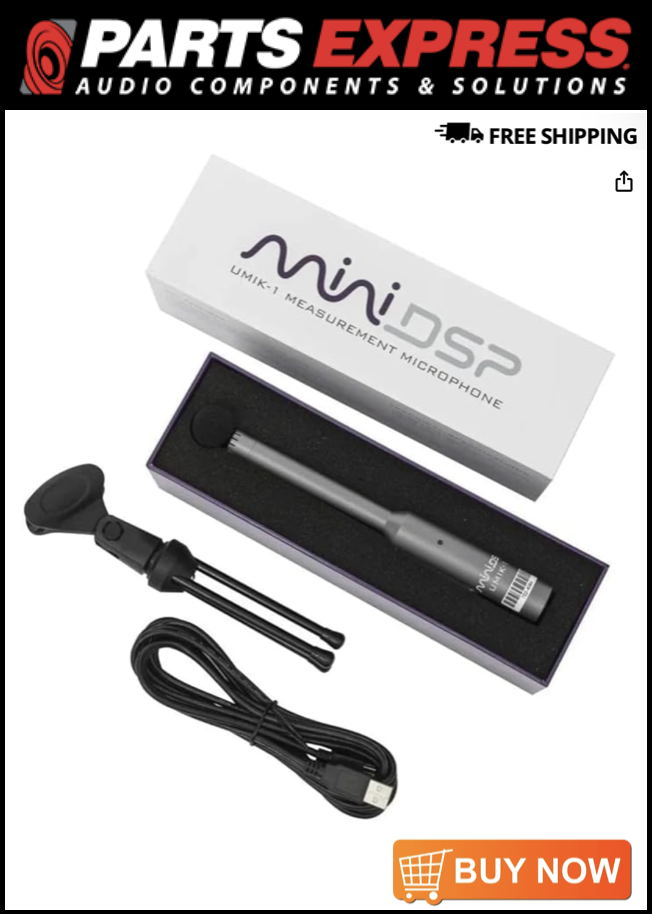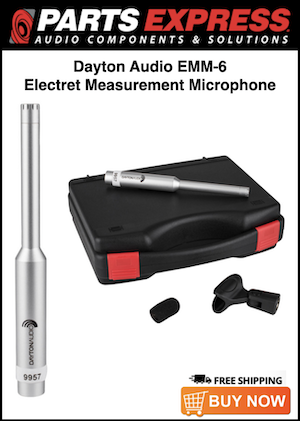Yesterday I came to know the new manual A1 calibration method in AVSForum. I did it try and going to explain this experiment in five stages: Steps, Results, Challenges, Advantages, and Disadvantages.
1) Steps I followed:
As said by @ImageMaximum I set my AVR into pure mode. Audyssey Off, DEQ & DV off, Distances are set to Zero, Speaker levels set to Zero and speakers set as large (Full Range). I have 5.1 set-up as my secondary HT (where I leave on rent for my job. I have plenty of time to play around in the absence of family


). (AVR is Denon X4700H, going to install Marantz Cinema 70s which is in transit and X4700H will move to the main bedroom theatre at home in 5.1.4 set-up)
I took 8 measurements for each position (full range 0 to 20000) with 1M sweep. Save that file as .mdat. Export all measurements impulse as text (please untick Normalise sample to peak value). Remove all frequency responses from REW and import the impulse response you exported. Change the name of all measurements (C0,C1, FL0,FL1, etc.). Go to All SPL, select all, right-click the on first measurement, Click on Change Selection Cal, and Import your Calibration Mic Cal File in Mic/Meter Calibration. You can align SPL of all measurements to avoid any SPL offset while optimization.
The next step is to open A1 in editor mode and change the Max Gain Value from 0 to 3,6,8 as per your like (I use 8 because this helps me to measure my sub flat down to 31HZ, without that it measured flat down to 45HZ), Change the upper limit to 20000 from 200 by default, replace the offset value -42 to 0 and save A1 file. (These are the modifications I made before running optimization which are not necessary to do if you do not want to alter OCA's settings. This was an experiment for me to learn the best possibilities to get better sound with the help of A1)
Now run your A1 as normal. Import your .ady file, but ignore the exported zip file extracted from A1 (please ensure your impulse responses are there in REW and all basic settings are done for A1 as suggested by OCA). Click optimization.
Your new .ady file is ready to upload. Enjoy your new sound.
2)Results:
The results are quite surprising. Frequencies are much flatter than the native A1 process done with .ady file. Got a much flatter response and sounds better than the native A1.
Post A1 optimisation I only EQed my Elac 3010 Sub with inbuilt 8-band PEQ. Thanks to Elac for 8-band PEQ
Below is the final results (LFE, FL, FR & C speakers) post optimization. You can see a big peak or bump between 1 and 2 khz which is never there.
Can anyone help to understand the reason behind it?
The main .mdat file is attached herewith
(https://drive.google.com/file/d/1SrfMz4Zl4yQCFOHrf-5CvdoeJEkzzR0Q/view?usp=drivesdk) for review and help on this bump observed in FL & C speaker between 1 to 2 khz.
It would be great if someone could help with this.
My FL & FR (Wharfedale Dimond 212) speakers are not measured well from 1KHZ (specifically FL). you can see in the below graph. A1 never recovered or made it flat (But Aydyssey calibration from the Mobile Editor App. Aydyssey MultEQ-X or Calibration through AVR can recover it/make it flat). I am going to replace it with a Dynavoice DM6 bookshelf speaker (used one).
Measurements are separated for better illustrations.
View attachment 70896
Same calibrations without separation:
View attachment 70897
3) Challenges:
- This process takes more time than basic A1 optimisation (but finds to be worth it).
- I forgot to untick the Normalise sample to peak value while exporting the impulse responses which was giving me very odd optimisation results. Two times ran optimisation then I realised the mistake I made.
- Unexpected bump is observed in my FL & C speaker between 1 to 2 KHZ which was not there.
Other than this, no other challenges I faced.
4) Advantages:
- The main advantage of this method is you have full control over your measurements. At any point in time, you can add a new position, replace any measurement with an old one, remove a position, Increase measurement numbers or decrease it, if you replace speakers, you just need to replace the old speaker's measurements with a newer one.
- You can get high-resolution measurements like 1M, 2M, 3M etc....
- You can do SPL alignment before optimisation
- Can compare before and after results
- A calibrated microphone can be used for measurements
- No need to worry about Audyssey Mobile Editor App Version. (read many discussions around this in this and other traces whether it is 1.7.2 or newer version. I do not think it is important with this method. Please make me correct on this as I could not understand the error people talking about).
5) Disadvantages: For me, I must EQ my sub post optimisation (even after Audyssey of A1 calibration) other than this I haven't seen any disadvantages in comparison to the native A1 optimisation process.
Inputs/suggestions on this are welcome to correct any mistake I made in this process.
This was a warm-up for me before the new AVR and Speakers going to be installed.
This is quite long but I hope this will help others to experiment with their system.....

















